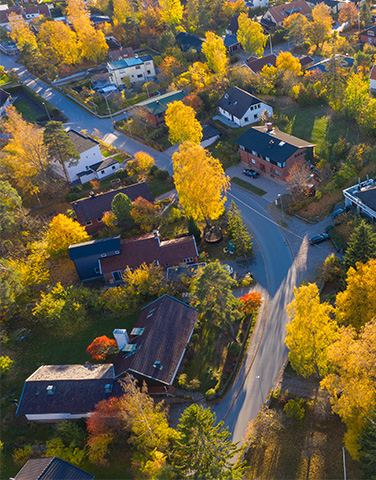
Supreme Court applies “but for” test in knotweed property dispute
Mr Davies owns a house and garden next door to land owned by Bridgend County Borough Council. Japanese knotweed on Bridgend’s land had encroached on to Mr Davies’ land.
Japanese knotweed is a notoriously invasive fast growing plant which can cause physical damage to buildings and be expensive and time consuming to get rid of.
The Royal Institute of Chartered Surveyors (RICS) published a guide in 2012 about the damage that Japanese knotweed can do to property and the potential impact on property value (and insurance) as a result. The Property Care Associate produced a similar report the following year. The RICS have produced updated guides, the most recent being in 2022.
In 2013 Bridgend should therefore have become aware of the risk of damage to Mr Davies’ land from Japanese knotweed. However, it did not put in place a reasonable Japanese knotweed program until 2018. Bridgend was therefore in breach of its duty in private nuisance between 2013 and 2018 and this was not disputed.
Mr Davies claimed damages in the sum of £4,900 for the residual diminution in value of his land. This was claimed on the basis that treatment does not completely remove the risk of Japanese knotweed growing back. He claimed that his property was affected by the stigma of having had knotweed, even after it had been treated.
Bridgend argued that the loss arose when the Japanese Knotwood first encroached onto Mr Davies’ property, prior to 2004. This clearly predated the breach of duty from 2013-2018. It was submitted that the breach therefore did not cause the loss.
The Supreme Court applied the “but for” test – would the diminution in value have occurred “but for” Bridgend’s wrongdoing between 2013 and 2018. There was no evidence that the breach of duty during this period had materially contributed to or increased the diminution in value of Mr Davies’ land. Therefore the diminution in value had occurred years before Bridgend had breached its duty in private negligence. The diminution in value would have occurred in any event, regardless of Bridgend’s breach of duty. The Supreme Court allowed the appeal and found in favour of Bridgend, holding that the later breach of duty by Bridgend was not a cause of the diminution in value. It was held that no damages should be awarded as the diminution in value of Mr Davies’ property was not caused by Bridgend’s breach of duty.
The “but for” test removed Bridgend’s later breach of duty as a causal factor as the diminution in value (due to the encroachment of Japanese knotweed since 2004) had occurred several years before the breach of duty by Bridgend first occurred in 2013.
This is an important decision for local authorities and other large landowners such as Network Rail (which joined the case as an interested party due to its significant Japanese knotweed issues) in cases where Japanese Knotweed encroached upon neighbouring land before the duty to treat Japanese knotweed arose in 2013. However, landowners will still be potentially liable in nuisance if they have failed to treat Japanese knotweed and it spreads to neighbouring land.





 Download PDF
Download PDF










